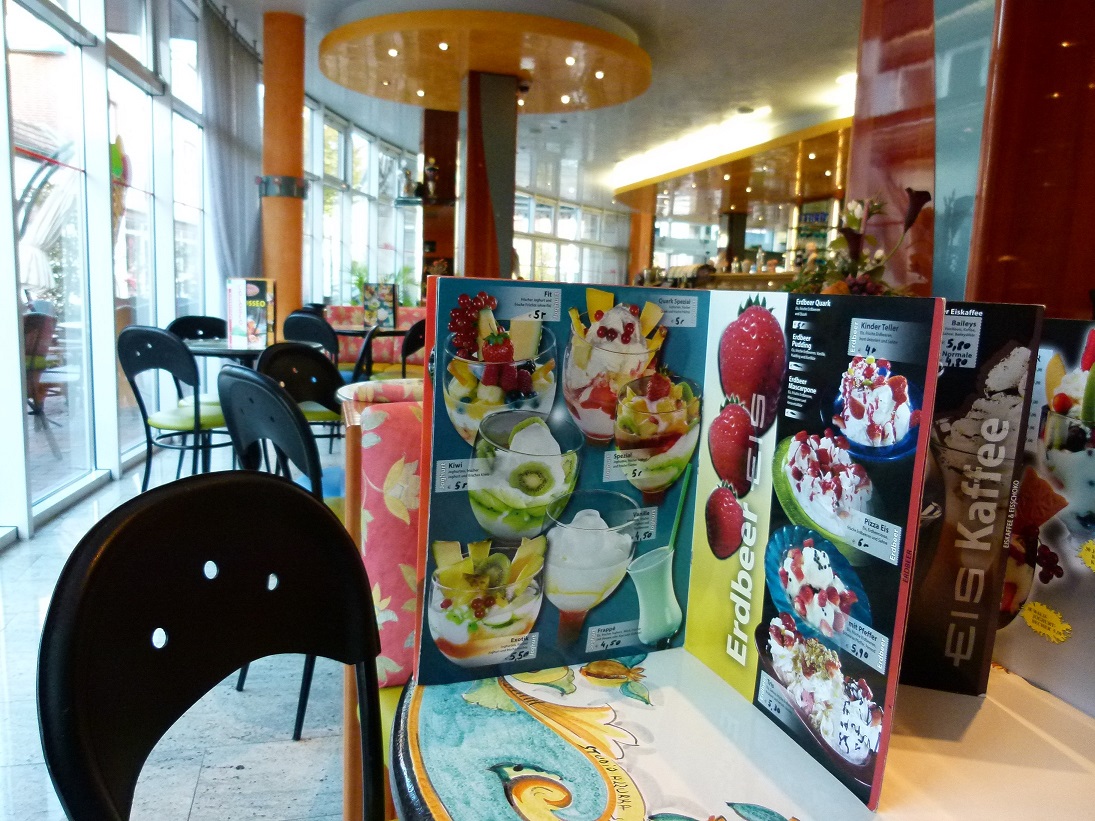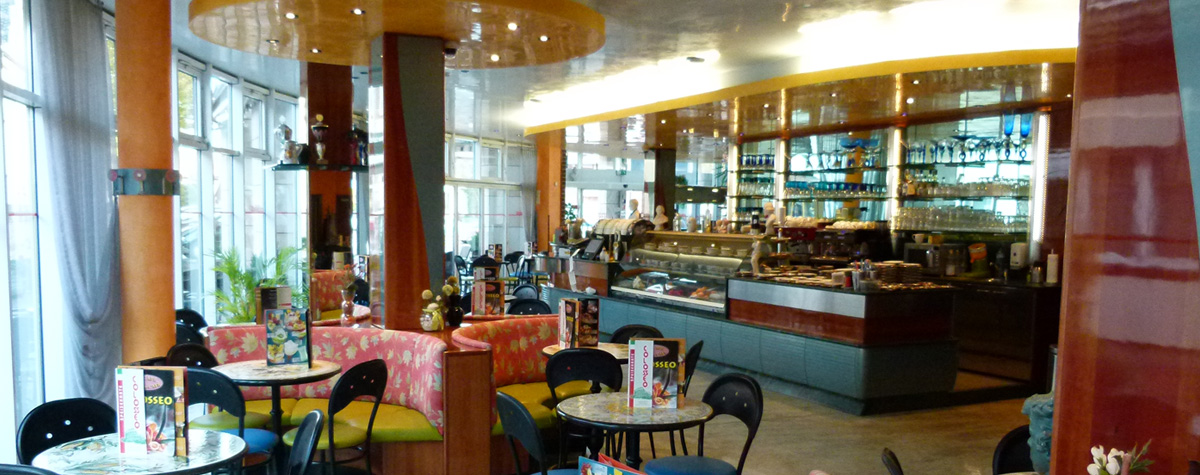‘We attach a lot of emotion to food and wine’It is difficult, perhaps almost impossible, to replicate your mum’s cooking. Even if you have the exact recipe, it’s imbued with the experience of being a small child, hanging around the kitchen and then finally getting to sit down and eat. We attach a lot of emotion to food and, by way of extension, to wine. This emotion is also such a strong influencer of the cellar door experience and the phenomenon of buying a case of the fantastic wine you had on holiday… only to discover that it doesn’t taste that great when you get home.
But these experiences are also about the fundamentals of taste and preference, and matching with food.
'If you grew up in a cold climate, you probably like more acidity'If you grew up in a cold climate, you are probably orientated to food and drink with more acidity because plant derived foodstuffs from cold climates generally have more acidity (this is obviously changing over time due to the import of basic foodstuffs from warm to hot climates). If it is really acidic you match it with foods with more fat, which fits together because you probably like more fatty food, ie meat, for its energy values anyway!

How about the other way around, ie. selling flabbier wines from warm to hot climates in colder climates? The survival instinct will drive a northerner to consume something that is ‘sweet’ tasting and seems like it has more calories. Here's an interesting fact that supports this: there are more sit-down ice-cream parlours in Germany than in Australia! The north's natural preference for something that is more colourful also plays a role.
The influence of nationality, culture, climate and even seasons within a climate on consumer preferences is a very interesting and relevant field of research at present. Almost everyone wants to export more, but many producers are wondering why their sales and marketing strategies work in some countries and not in others. Now you have a clue.
James Wright is an international viticulture and management consultant and author of www.vitisynth.com and the newsletter VitiSynthesis.
On the other hand...
Researchers from Washington state, Minnesota, Hong Kong and Korea have found that taste is not the main consideration when it comes to paying premium prices. After a series of blind tastings with consumers, they discovered that issues such as a wine's country and region of origin sometimes has more impact on a person's willingness to pay more for a wine than taste. This is especially true in Hong Kong.The wines used in the study came from Western Cape (South Africa), Iowa (USA), Rheingau (Germany), Rioja (Spain), Wisconsin (USA), and Argentina.
"Most of the wines did fairly well when all of the individuals were completely blind to the wine details," according to Byron Marlowe, one of the researchers. "But they do worse when revealed that the wines are from regions that they are not as familiar with or with varietals that they aren't familiar with."
The group told about the origin of the wines rated the wines from Iowa, Wisconsin, Germany and Argentina at up to $4.80 less per bottle than their retail price.
One other interesting finding:
- Female and younger participants generally had a higher willingness to pay more than males and older consumers.













.png)






